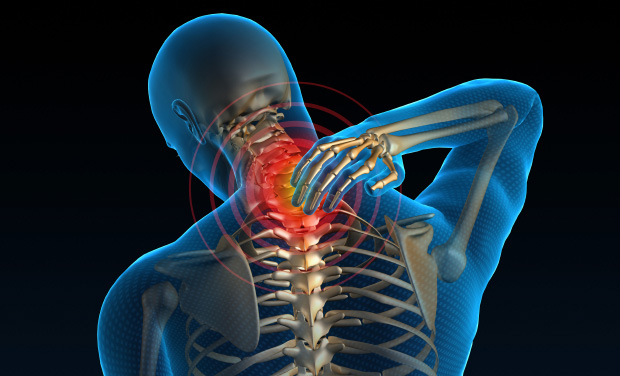
A Pain In The Neck!
Every year, almost one in five people in the US suffer from neck pain (NIH.) We commonly see people with problems including herniated discs, cervical spondylosis, osteoarthritis, whiplash and forward head syndrome. Any of these problems can blossom into unrelenting pain. A single episode can turn into a chronic problem.
While having a diagnosis may be helpful, finding a pathway to wellness is not always easy. If you have a neck problems, Rolfing offers a unique form of help.
It’s About Structure
First we ask the question, “Is your head sitting were it should be?” When we look at you in profile, is your head directly over your shoulders?
We each have a structural pattern that is built into our soft tissue, the myofascia (muscle – connective tissue.) Chronic muscle tensions are a problem because they always lead to shortenings in the myofascia. Specifically, chronic tensions in the neck muscles distort the structural pattern and the head moves off it’s vertical axis. Neck problems become inevitable.
Rolfing & The Body’s Inherent Ability To Heal
Rolfing involves a process during which the body is reorganized so that if you looked in profile you would see a head that is in line with the shoulders, hips, knees and ankles.
Rolfers work to balance the tensions throughout the structure. Alignment is achieved by releasing chronic shortenings in the muscles and connective tissue network. Rolfers assume that the body has a great deal of wisdom. By creating more verticality and balance in the structure, we tap the body’s inherent ability to heal.
Rolfing is performed is a series of 10 sessions. These 10 sessions represent a body of work during the entire body is moved towards the vertical axis. Areas of tension and bracing are released and the body parts become reorganized finding new relationship to one another.
Also Read:
Low back and neck pain (Specialty)
Image Courtesy: www.centeredspine.com

